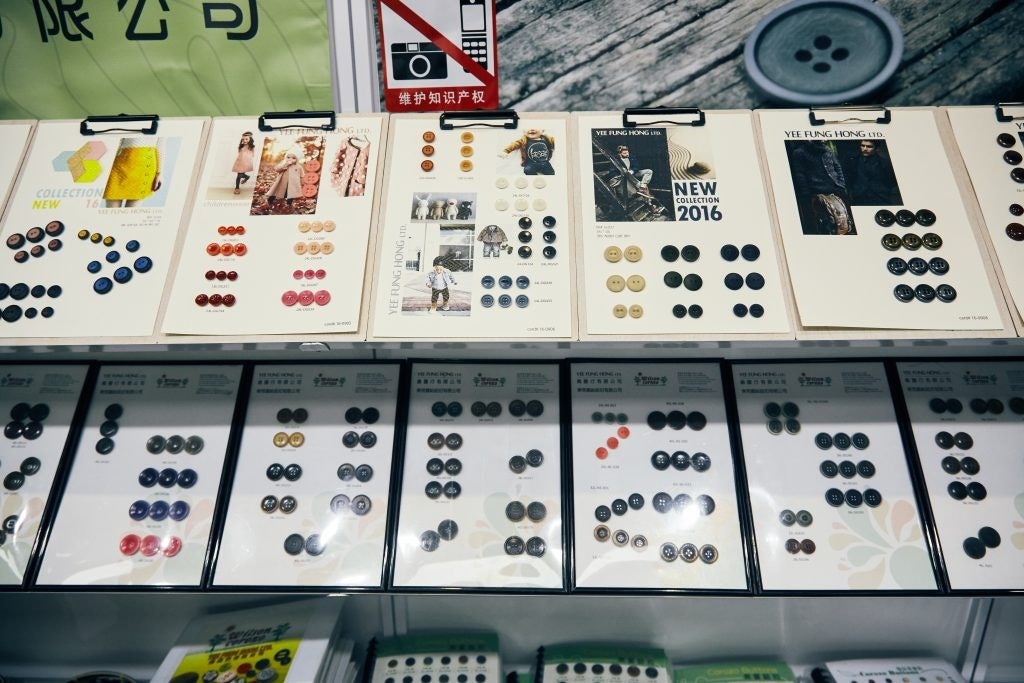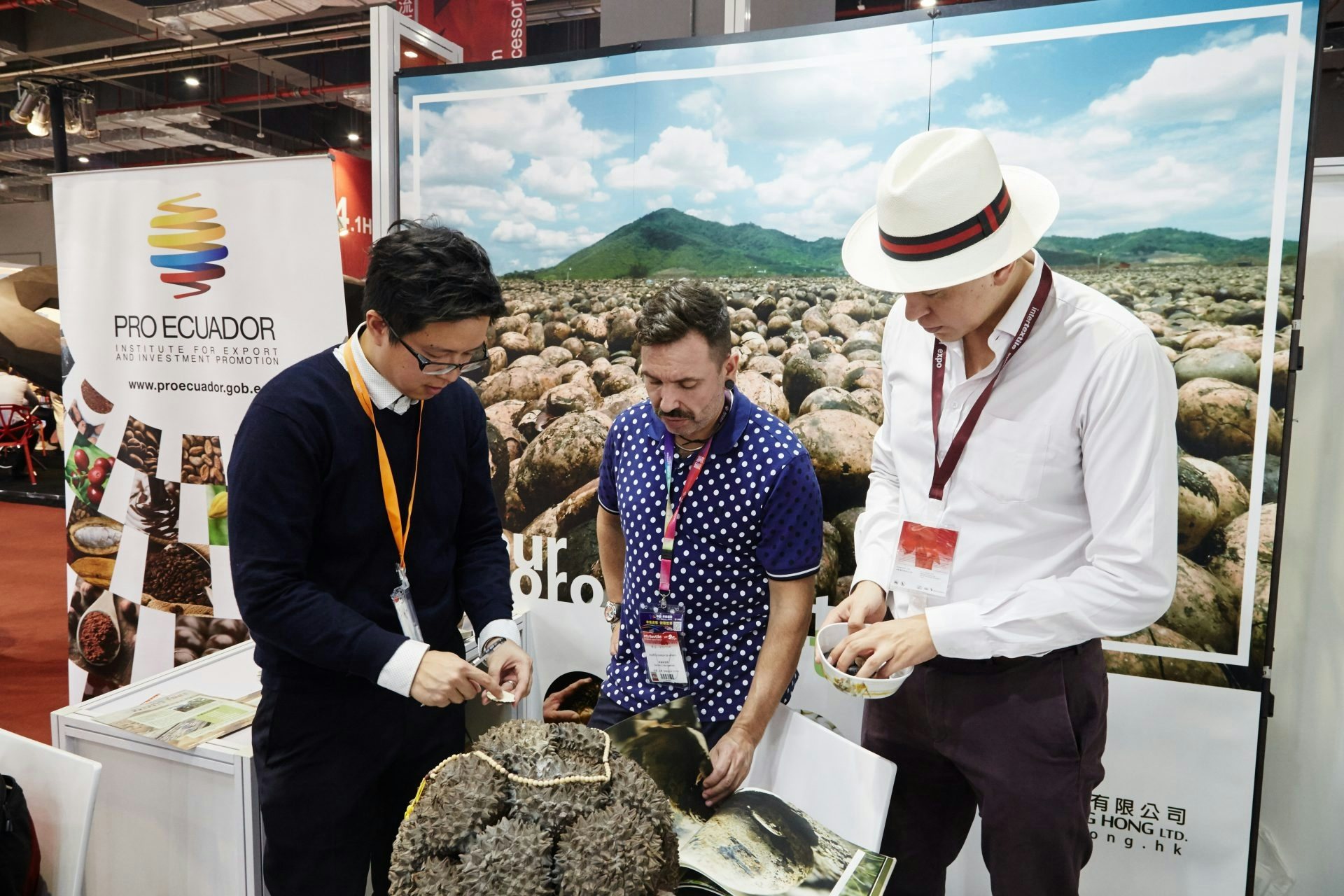Wildlife groups have been working to put an end to the ivory trade in China, and last year, the government promised to stop domestic sales. But there's another kind of “ivory” that may soon see a growing market in China: vegetable ivory from the tagua nut. While not necessarily an elephant ivory replacement, tagua producers are hoping to make gains in China's local luxury fashion industry.
Tagua hails from South America, where it's prevalent in the subtropical rainforests of Ecuador. It is sourced from the tagua palm tree, which produces a nut containing white fluids, similar to a coconut. Once the fruit ripens, the white material hardens and looks like ivory. Tagua, also called Corozo, is commonly used as an alternative to elephant ivory for jewelry or carvings, but as early as the late 1800s in Europe, it also became a popular material for buttons. The Corozo button is used in high-end men's suits instead of bone or metal, and it's more expensive than polyester.

Yee Fung Hong, a Hong Kong-based Corozo button and accessories manufacturer, wants to encourage more fashion designers in China to transform from a button exporter and adopt the use of plant ivory in their own luxury brands. “During the last several years, we have noticed that the industry in China is shifting toward building high-quality fashion brands that cater to the local markets,” said Kelvin Chiu, Yee Fung Hong's general manager. “These brands are also beginning to accept higher quality trims on their garments.”
He said it's important to note that while tagua has a resemblance to elephant ivory, the less-expensive alternative is unlikely to serve as a replacement.
“We don’t believe this material will be considered a luxury item in comparison to elephant ivory since it is not as exotic and limited,” Chiu said. “On the other hand, we see the potential for tagua to be a sought-after material in producing buttons because of its distinctive aesthetics, bio-degradable composition, and elegant appearance when placed on garments.” Tagua is also considered sustainable because its harvested right after it falls off the tree, meaning the rainforests don't have to be disturbed to access the material.
Chiu's hope is that China's growing number of luxury consumers will create a demand for locally made apparel that's not only high-quality, but also that appeals to consumers' environmental consciousness. “We believe China’s wealthy consumers are becoming more conscious about green fashion,” he said. “They are more economically flexible to determine how their choices in fashion reflect themselves. They generally care more about the quality and the environmental impacts of their apparel choices.”
While Chiu is optimistic about the willingness of consumers to make eco-conscious purchases, there is still a hang-up in growing Corozo buttons' popularity in China as long as there is an import tax on the material, which is why Yee Fung Hong and companies like it are counting on President Xi Jinping's visits to Latin America to secure favorable trade deals. There is an import tax of 15 percent and a 17 percent VAT tax on tagua, making it around four times more expensive than the more common polyester buttons which has “hindered its growth” domestically, he said.
“In Europe, Corozo button producers are able to import tagua tax-free because of the government’s support for ecological raw material and production,” he said. “The government of China has yet to grant the same support. Therefore, we are beginning to cooperate with the Ecuadorian Consulate to bring this issue of lowering the import tax for tagua with the government officials in China.”
While that negotiation process is in the works, Yee Fung Hong is working to encourage designers to test out the buttons and to educate them on where they're sourced. This season at the Intertextile Shanghai trade show, the company showcased the buttons and worked with Shanghai-based womenswear designer Doris Zhang and eco-friendly Shanghai fashion brand Zurita to create garments featuring the buttons. Designer Monica Muriel Zurita, a Spanish Shanghai expat, already prioritizes natural fabrics in her garments, which are made primarily out of bamboo cotton and silk.
Corozo would seemingly fit right in to this scene, but it's too soon to tell whether the material will catch on more widely. In places like the United States and Europe, the button is making a comeback in line with a growing interest in sustainability. Indie menswear brands like Manhattan's Fanmail and Brooklyn-based Kirrin Finch use it for their suits, and on their website, they don't hesitate to emphasize how valuable tagua is for wildlife conservation. Kirrin Finch says just one tagua tree can produce 20 pounds of plant ivory in a year—the same amount in one elephant tusk.
